The
LimeSDR Mini has now started shipping out to backers, and we received our unit just last week. The LimeSDR Mini is the smaller version of the full sized LimeSDR which was released early last year in 2017. The standard LimeSDR has a frequency range of 100 kHz – 3.8 GHz, bandwidth of up to 61.44 MHz, 12-bit ADC and 2 x 2 RX/TX channels. In comparison the new LimeSDR mini has a slightly restricted frequency range of 10 MHz – 3.5 GHz, and half the maximum bandwidth at 30.72 MHz. The mini also only has 1 x 1 TX/RX channels. The price is however much less coming in at US$139 for the mini and US$299 for the standard LimeSDR.
Unboxing
The LimeSDR Mini came in a small black box inside an anti-static bag. No accessories like antennas are included in the package. The PCB comes without any enclosure, but an enclosure can be ordered as an additional extra. The size of the PCB is similar to an RTL-SDR, but a little wider. The RF sensitive components are covered with a shielding can. Removing the can reveals the main Lime System RF chip, the LMS7002M, as well as several RF transformer matching circuits.
One end of the PCB has a standard USB-A connector, whilst the other end has two SMA ports, one for receiving and the other for transmitting.
Driver Installation and Software
Again, just like in the previous review of the LimeSDR we have to critique that there doesn’t really exist any quick start documentation. This is a product that you have to already know how to use, or be willing to dig through wikis and forums to get results. This is probably just a case of the LimeSDR being fairly new and only for people who buy the bleeding edge, but by now we would have expected something a little more in terms of documentation. Fortunately the setup on Windows is fairly simple.
Basically it seems that first you you need to
download and install Pothos Suite which is available for Windows and Linux. Once that is downloaded Windows should automatically recognize and install drivers for the LimeSDR when pkugged in. In fact, it even seems that Pothos Suite is not needed if you simply want to receive with the LimeSDR on SDR-Console V3. But to transmit it is required.
Once everything was installed it was very easy to get up and running with SDR-Console V3. We simply added the LimeSDR definition in, and it was instantly recognized as the LimeSDR Mini by SDR-Console. Just remember to choose the input filter in SDR-Console with the RX Antenna button, because by default it is set to NONE, which will give you no reception.
Testing
We tested the LimeSDR reception on the mobile phone band and found no issues with performance while running at 30 MHz bandwidth on a Core i7 desktop PC. However a Core i7 mobile CPU running on a laptop struggled and could only run smoothly at 10 MHz.
Testing in an environment with strong signals unfortunately results in a significant number of images. This is expected as a 12-bit SDR without any sort of filtering can only go so far. We noticed that pretty much the entire tunable spectrum from 10 – 3.5 GHz was plagued by broadcast FM images, and some DVB-T images. Using one of our RTL-SDR Blog FM filters removed the majority of interference. With the filters in place VHF/UHF reception was good, although in some places DVB-T interference was still present. HF reception was average, and below 10 MHz reception is non-existent which is as advertised. Some screenshots of reception can be seen below. Note the heavy broadcast FM interference in almost all screenshots. Adding the broadcast FM filter removes all these images.
The GIF below shows good reception occurring in the 900 MHZ GSM band with 30 MHz bandwidth.
Unfortunately we were unable to get the LimeSDR Mini to run on the current Windows version of SDRAngel. For the standard LimeSDR the procedure to get it running on Windows SDRAngel is to use zadig to install the WinUSB drivers to it. Then it should just be recognized in SDRAngel automatically. But so far running the same procedure in SDRAngel doesn’t work on Windows.
SDRAngel is the perfect software for transmit capable SDRs, because it provides a GUI interface for transmitting. The standard LimeSDR works well on this software, and Marty Wittrock (Kn0CK) has been showing this software off in
several previous posts. Marty has noted that the LimeSDR Mini is working well on the Linux version of SDRAngel. In the future SDR-Console V3 will support TXing too, and we expect the LimeSDR to be eventually compatible.
We also tried the Foobar2000 DSP plugin discussed in the last
LimeSDR unboxing post but this was also unfortunately not working with the Mini yet.
Conclusion
The LimeSDR Mini is set to be an excellent low cost tool for experimenters to explore RF technologies with. At only US $139 it seems that the days of cheap TX capable SDRs for experimenters have now truly arrived with the LimeSDR Mini.
It should be remembered that these LimeSDRs (and other low cost TX capable SDRs like the HackRF and PlutoSDR) are tools designed mostly for lab or RF enthusiast experiments, rather than for use as a high performance receiver or ready to use ham radio. That said with some filters, and good software development there is no reason that the LimeSDR couldn’t be eventually converted into a versatile radio for hams or other RX enthusiasts.
So far the Windows support for the LimeSDR Mini is a bit lacking, with most software that supports the standard LimeSDR not yet updated. However, from their updates page it does seem that on Linux GNU Radio and Pothos are all working properly with the Mini which is probably the software most useful for this type of radio.
When SDRAngel on Windows is working, and when we have tested the LimeSDR out on some example GNU Radio demos on Linux we’ll report back with results.
We’ve also seen another unboxing and quick review of the LimeSDR on this post over on the coolsdrstuff blog.
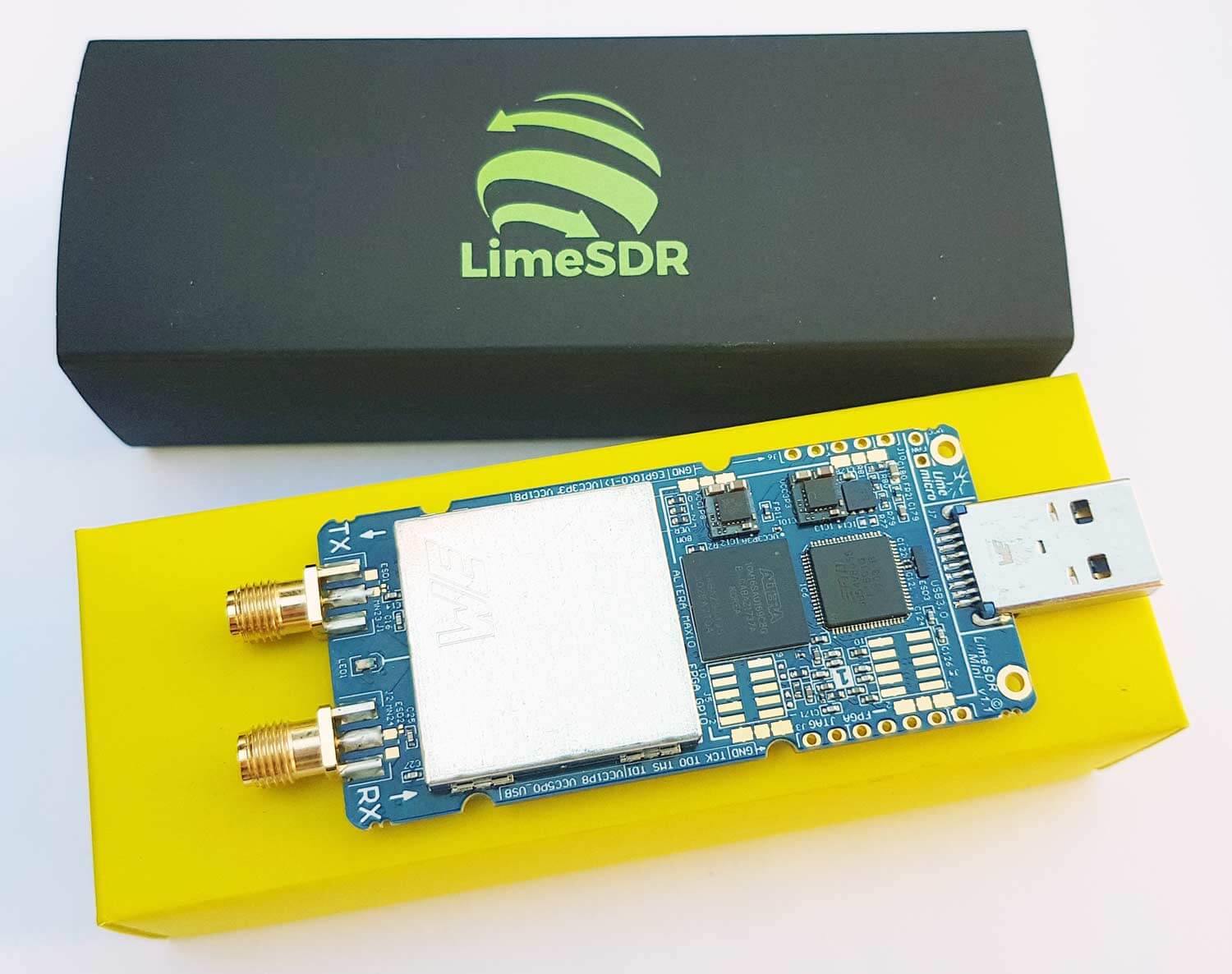
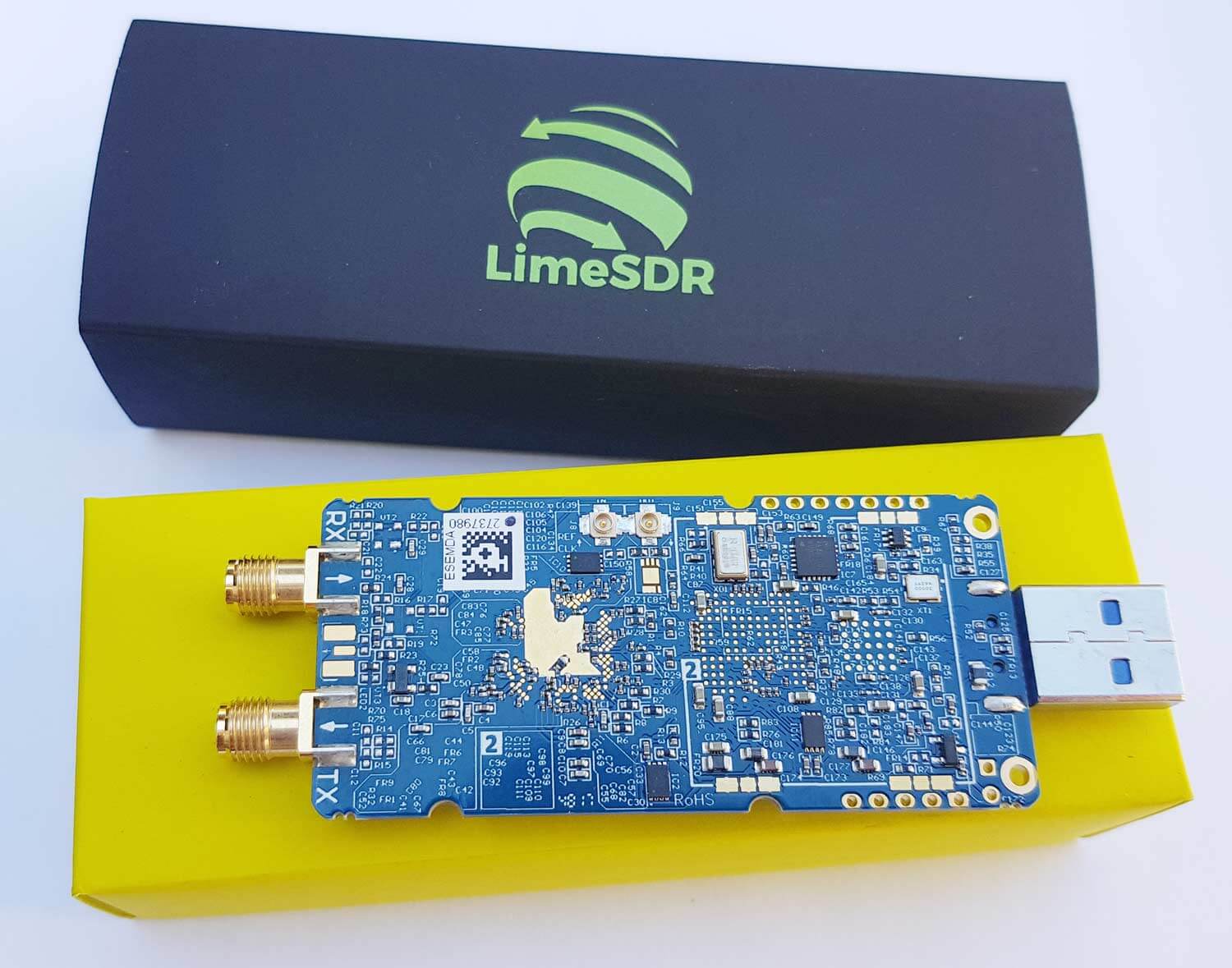
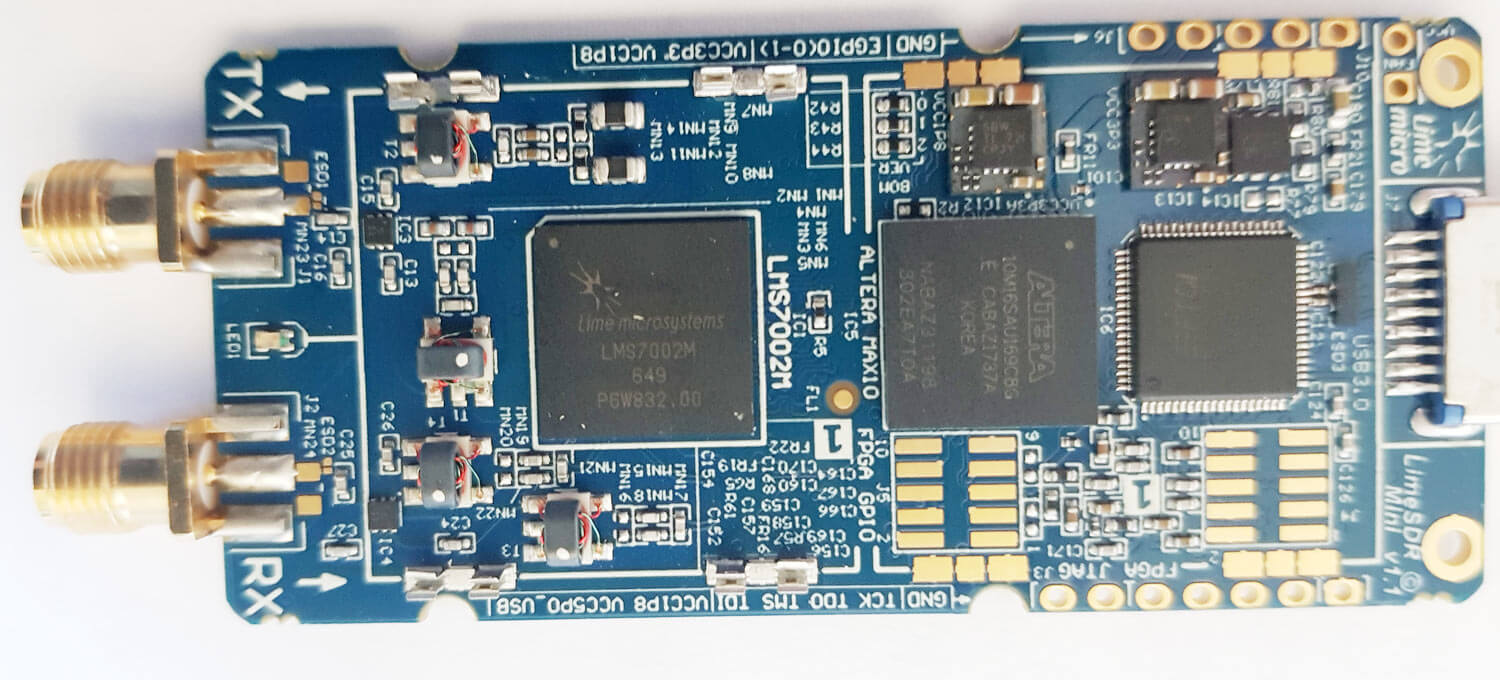
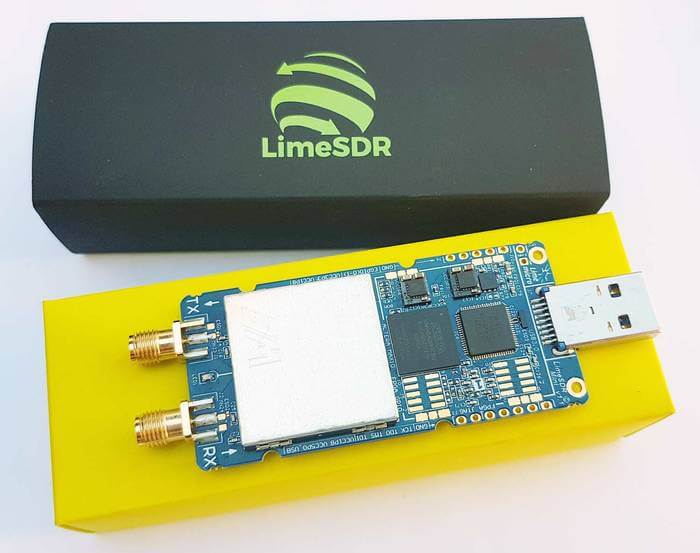
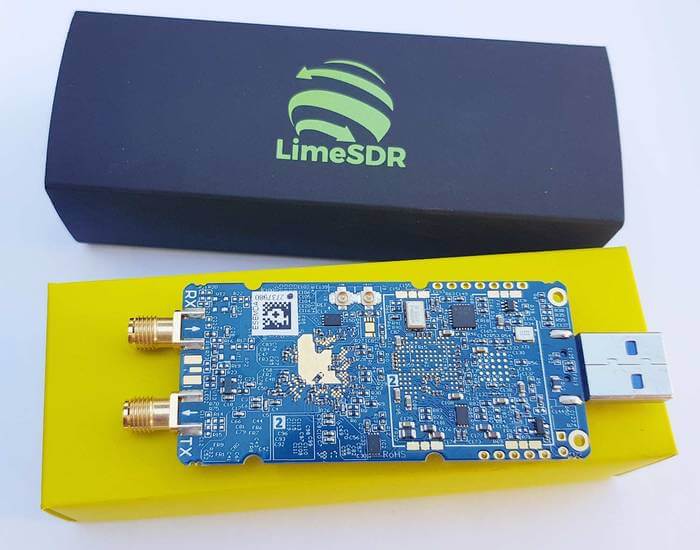
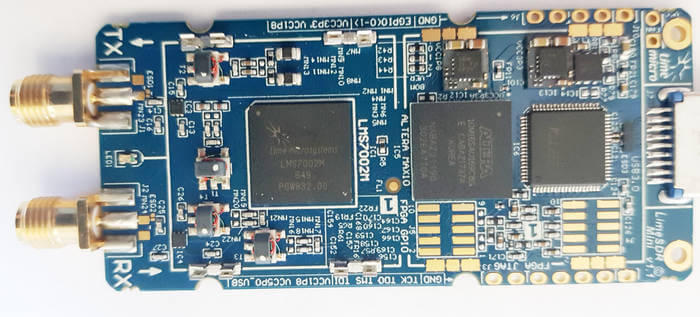










simply get already baked packages via snap! 😉
https://limenet.snapcraft.io/search?q=limesdr
How it compares to Pluto SDR?
Very interesting, recently picked up an RSP1a… no regrets but once this project has matured some I think I will be picking one up. Licensed as a US general HAM but haven’t done too much DIY stuff… wonder how difficult it is to build an amp at microwave frequencies?
price for limesdr is $139 and not $99
Unfortunately I was to slow to order and is in the second batch which is scheduled to ship at the end of march.
But maybe software support is better then…. ( anyone got it running with the osmocom source in GNUradio ? )
I’m looking forward to compare it to my HackRF One and USRP B200. Especially how well OpenBTS will run with it compared to the B200 without an external clock.
Nice! Can’t wait to get mine.
Is is supported by GQRX/GNU Radio? Can I use it with Linux?